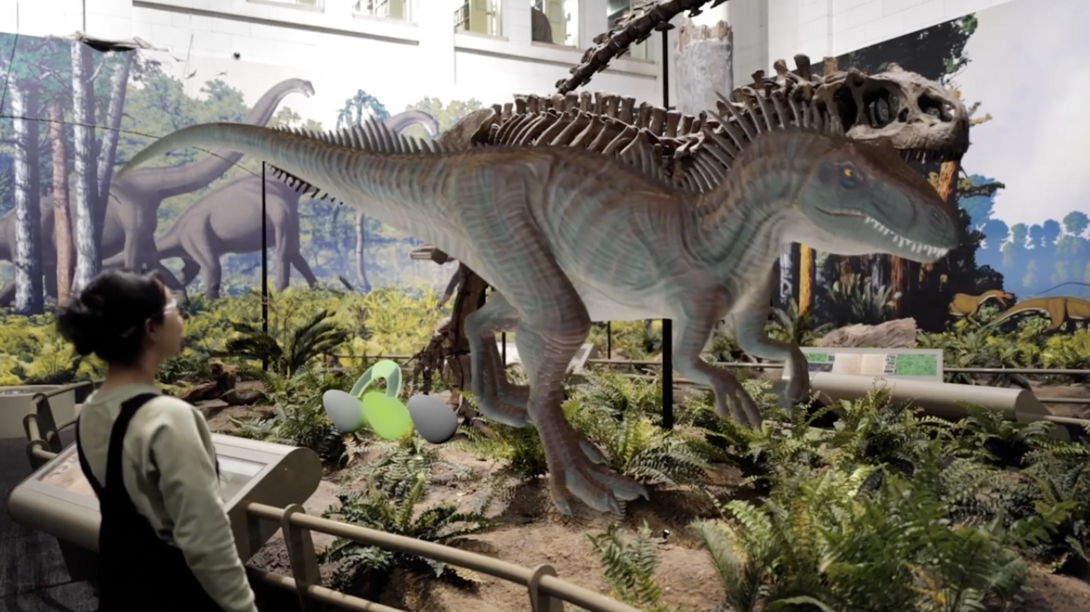Two Teams of Design Master's Students Win Muse Awards
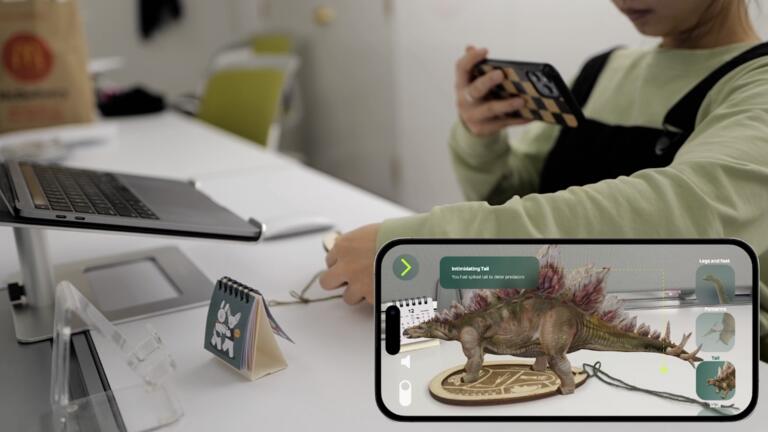
Two teams of graduate design students from Carnegie Mellon University's School of Design recently won 2024 Muse Design awards for their projects, Dish Dash and Dimono.
Dish Dash, a conceptual interactive exhibition at the Pittsburgh Children’s Museum, is designed to immerse children in the world of global cuisines and enhance their understanding of cultural diversity.
Dimono is an innovative XR project designed specifically for the Carnegie Museum of Natural History, with the goal of transforming its Dinosaurs in Their Time Exhibition into a cutting-edge, interactive space.
Dish Dash won Muse’s Silver Award in the Experiential and Immersive Exhibitions category, and Dimono won Muse’s Student Gold Award in the Conceptual Design (AR/VR) category. We caught up with both teams to hear more about their projects.
Dish Dash | Grace (Yuxuan) Zhu, Junyang Hao, Yi Luo, and Yulong (Albert) Zhang (MDes ‘25) | Muse Silver Award Experiential & Immersive - Exhibition Experience
Where did the idea for Dish Dash come from?
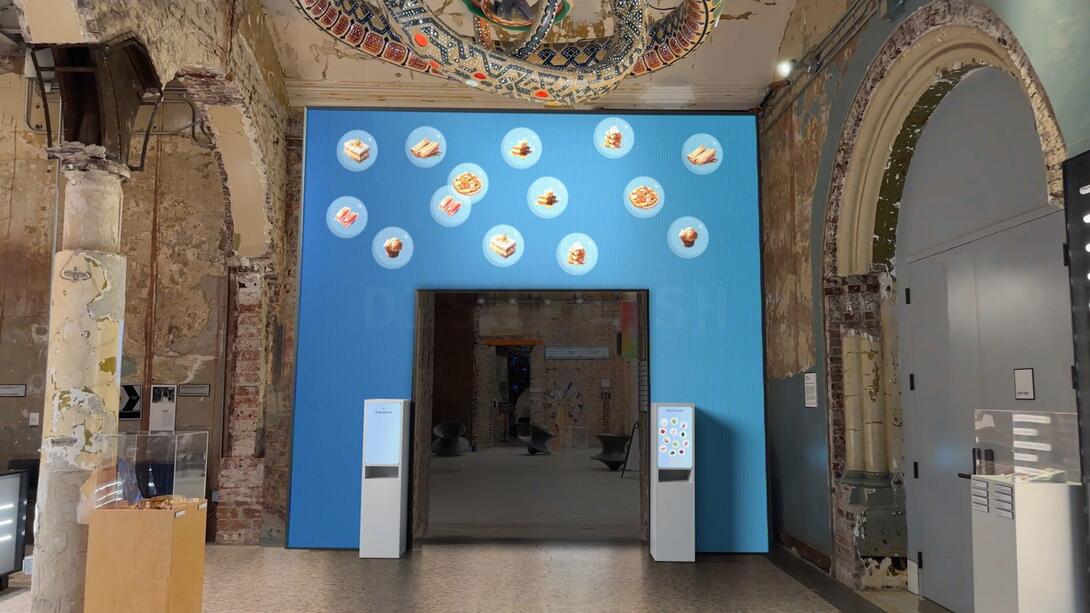
The concept for "Dish Dash" at the Pittsburgh Children’s Museum arose from a desire to engage children in exploring cultural diversity through hands-on experiences. Recognizing food as a universal language, we designed an interactive exhibition where kids select ingredients, see them transformed into dishes from around the world, and learn about different cultures through movement, touch, and sight. The idea was inspired by the success of similar exhibits for children and the thesis on the power of immersive learning to foster empathy and understanding from an early age.
What was your reaction upon hearing that you've won this award?
Our first reaction was one of immense happiness and gratitude. It's incredibly fulfilling to see our hard work and dedication pay off in such a prestigious manner. Winning this award is a testament to our team's passion and commitment to creating something truly meaningful and impactful. We are deeply humbled that our project, which celebrates cultural diversity and offers a multi-sensory experience, has been recognized and cherished by others. It's a clear indication that there's a shared appreciation for projects that not only innovate in design but also connect deeply with people's hearts and minds on a global scale.
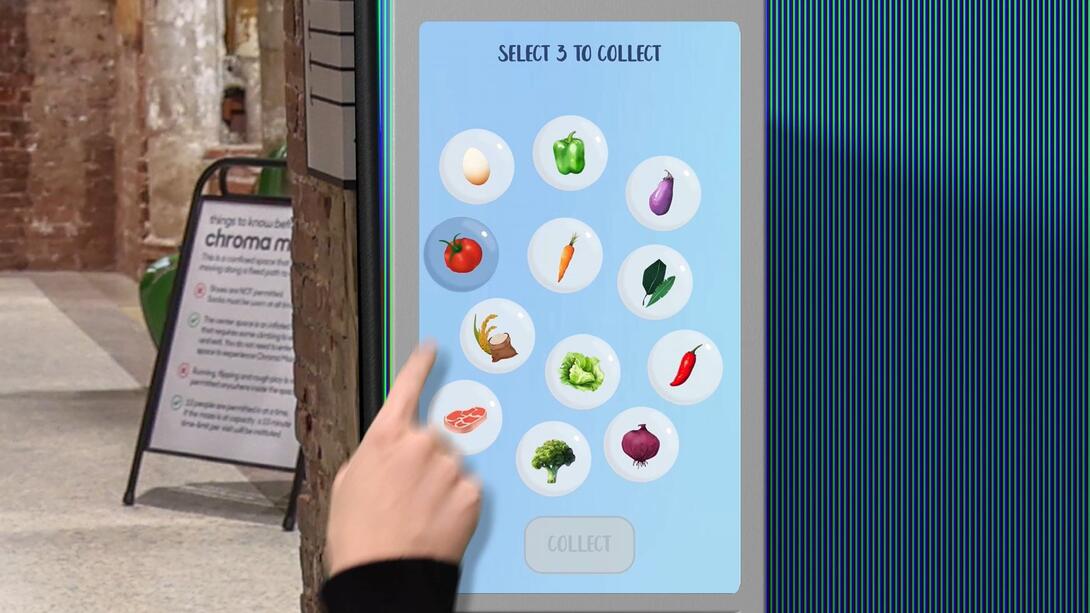
Do you think there's something unique about your education here that helped you develop Dish Dash?
Our education played a crucial role in the development of Dish Dash. We were fortunate enough to have the opportunity to connect with the staff at the Children's Museum, who provided us with invaluable information and insights for our research. This connection was instrumental in deepening our understanding of the needs and desires of our target audience, allowing us to tailor our project more effectively to those we aim to serve.
Furthermore, the support and guidance we received from our professors Dina El-Zanfaly and Andrew Twigg were unparalleled. They not only provided us with the necessary resources to bring our vision to life but also encouraged us to reflect deeply on our design process, which was crucial in realizing the demo of Dish Dash. Their belief in our potential and their constant encouragement enabled us to push the boundaries of what we thought was possible and achieve something truly unique.
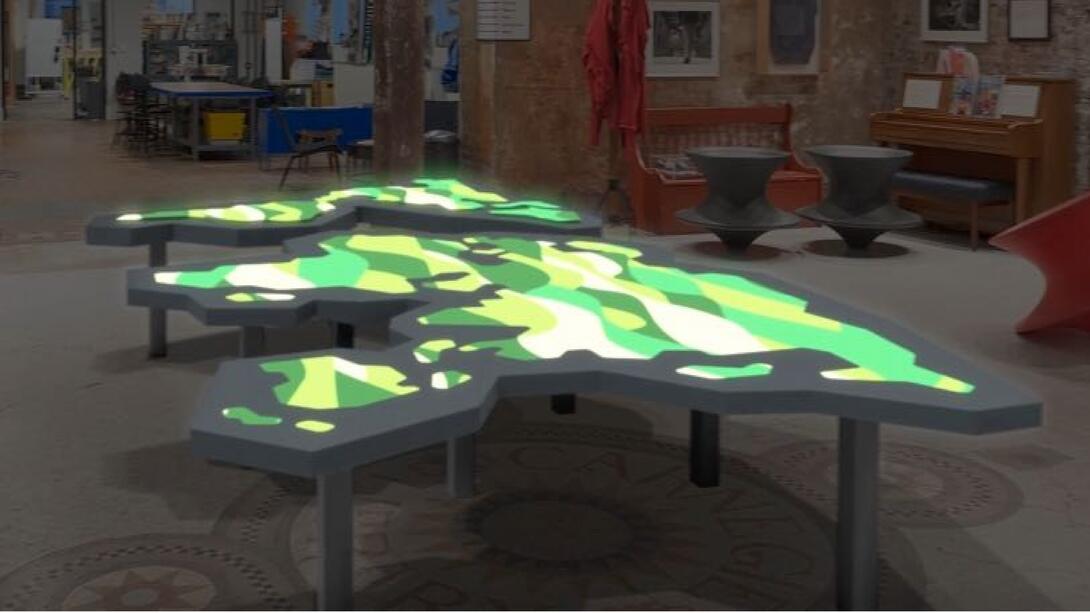
Is there anything else on the horizon for Dish Dash?
Looking forward, we envision expanding "Dish Dash" by introducing more global cuisines and enhancing the interactive technology to deepen the immersive experience. Our objective is to continually evolve the exhibition, making it more captivating, educational, and a true reflection of the world's diverse cultural landscape. We are also considering partnerships with culinary experts and cultural institutions both locally and internationally to ensure authenticity and depth in the experiences we offer.
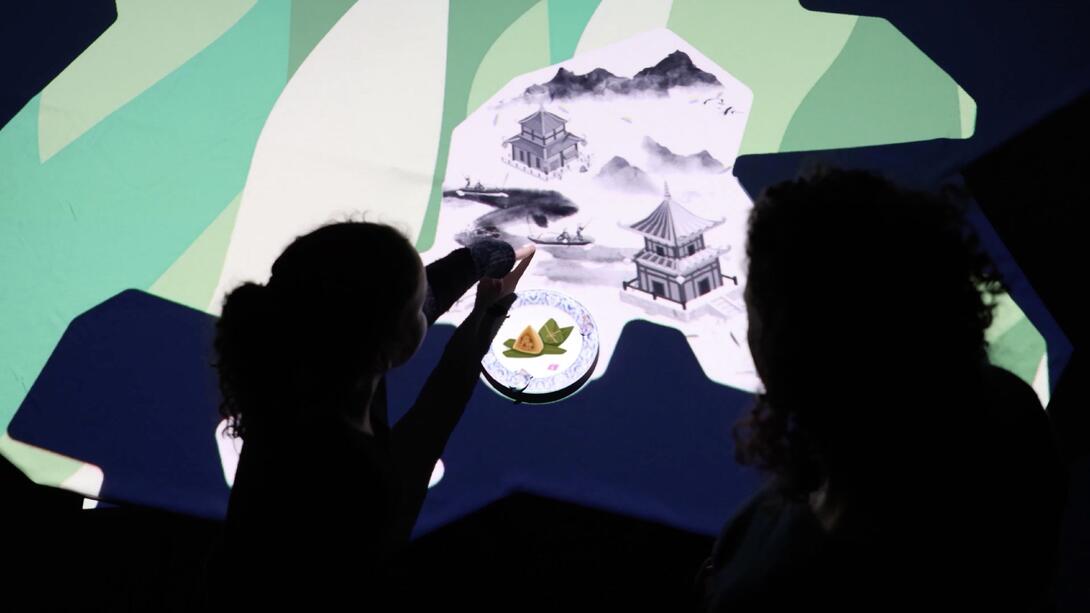
The enthusiastic reception and recognition we've received have inspired us to explore further opportunities where interactive design can significantly contribute to education and cultural awareness. We see "Dish Dash" as just the starting point, and we are keen on the possibilities of applying this model in other contexts and venues, thereby expanding our influence on young minds' understanding of their global neighbors.
Dimono | Chengqi (Malia) Hong, Yanqing (Freya) Yang, Yawen (Christina) Yang, and Xiaoyu Huang (MDes ‘25) | Muse Student Gold Award, Conceptual Design - Gaming, AR & VR
Where did the idea for Dimono come from?
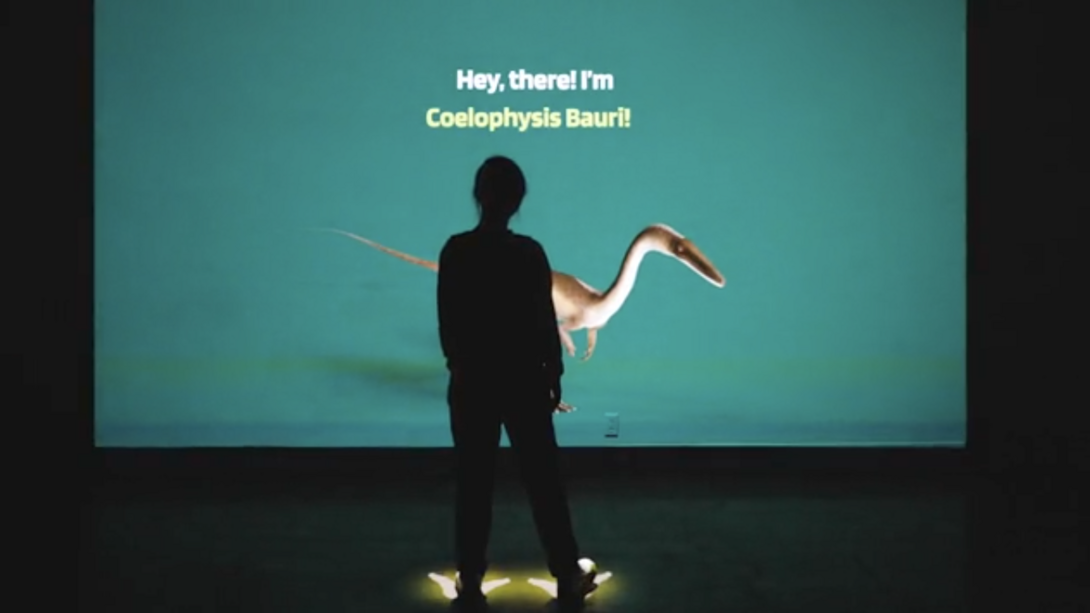
The concept behind Dimono emerged from recognizing a significant gap in the delivery of natural history education, particularly within museum settings, where traditional museum exhibitions often fell short in engaging Generation Z visitors. We saw an opportunity to harness emerging technology to revolutionize this field, aiming to make natural history education more captivating, interactive, and broadly accessible. This vision gave rise to Dimono, which is an innovative Extended Reality (XR) experience.
What was your reaction upon hearing that you've won this award?
We were thrilled and honored to receive the Muse's Gold Award for Dimono. It was a validation of our hard work and it has motivated us to continue pushing the boundaries of what's possible in XR technology.
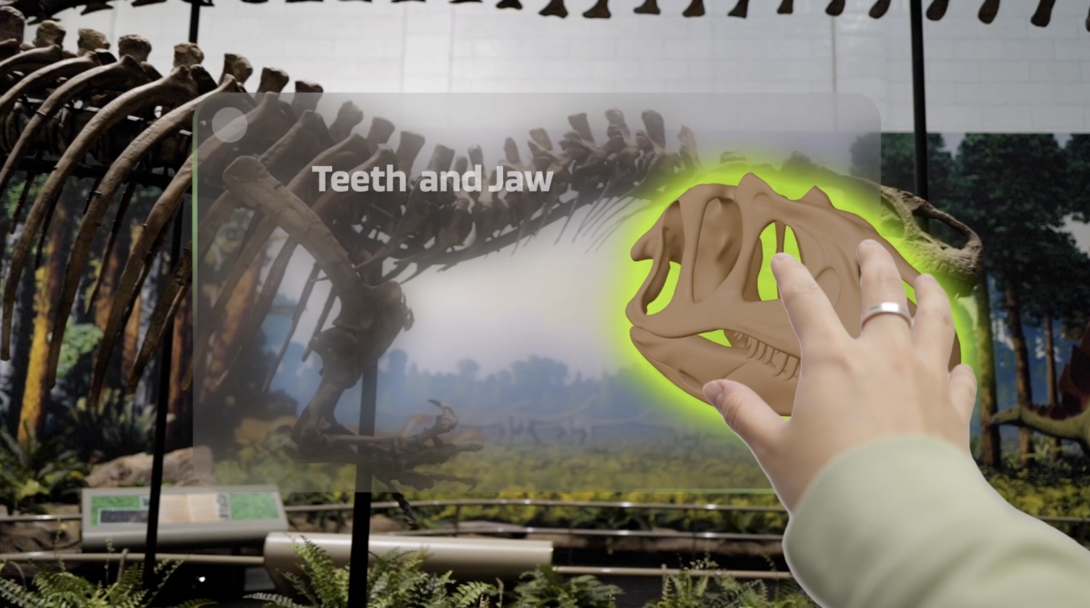
Do you think there's something unique about your education here that helped you develop Dimono?
Absolutely, the conceptualization of Dimono was supported by multiple professors and courses. Our graduate studio professors, Dina El-Zanfaly and Andrew Twigg, offered us guidance and support throughout the whole process. Our graduate seminar professor, Daniel Rosenberg Munoz, helped us to develop our research questions. And lastly, we had an exceptional experience working together as a team!

Is there anything else on the horizon for Dimono?
We are excited about the prospect of redefining the museum experience for younger generations, while also setting new standards for interactive learning, particularly in natural history museums. The concept of Dimono paves the way for a new era in museum education, where interactive and immersive experiences become the norm, fostering a deeper connection between the public and the wonders of natural history.
